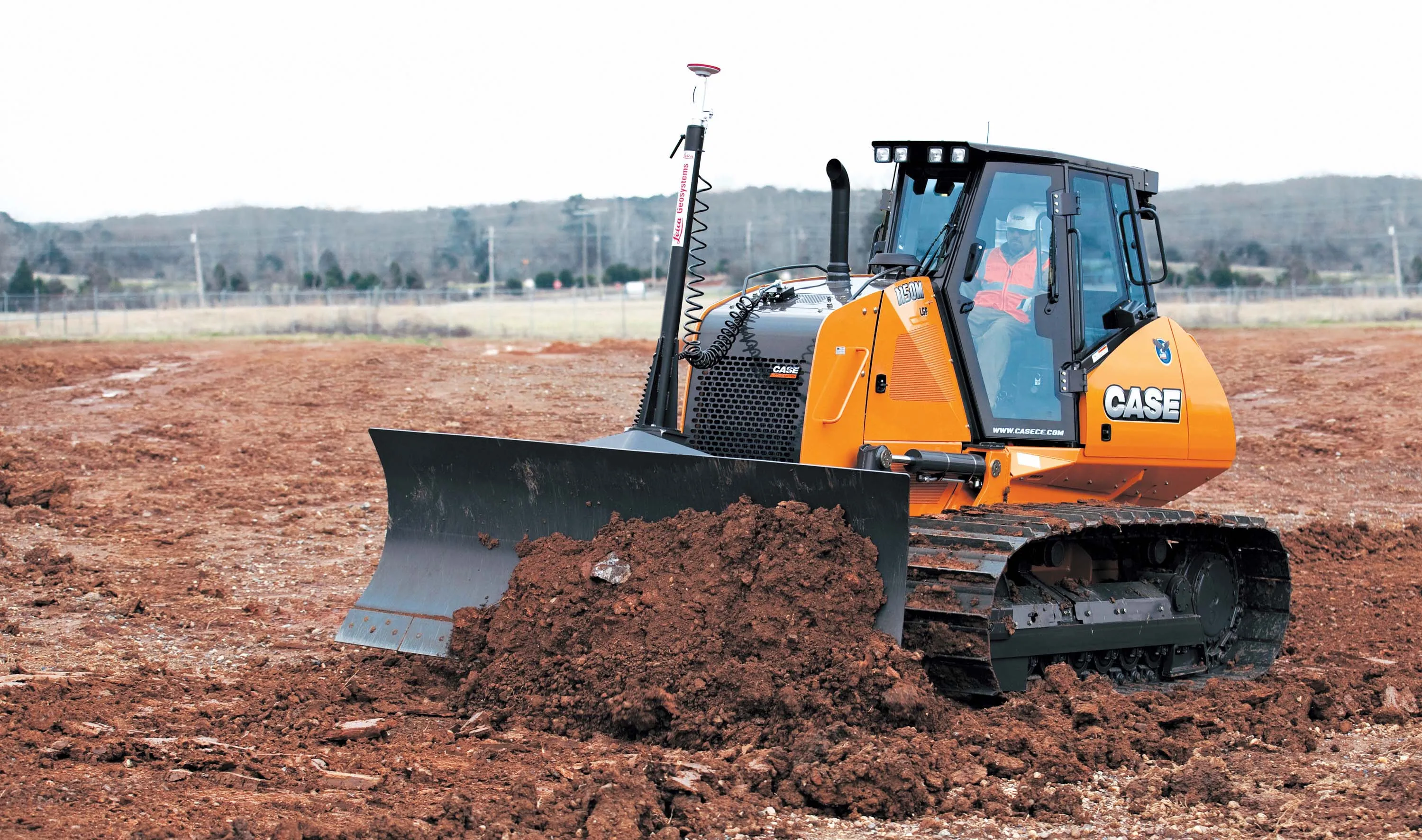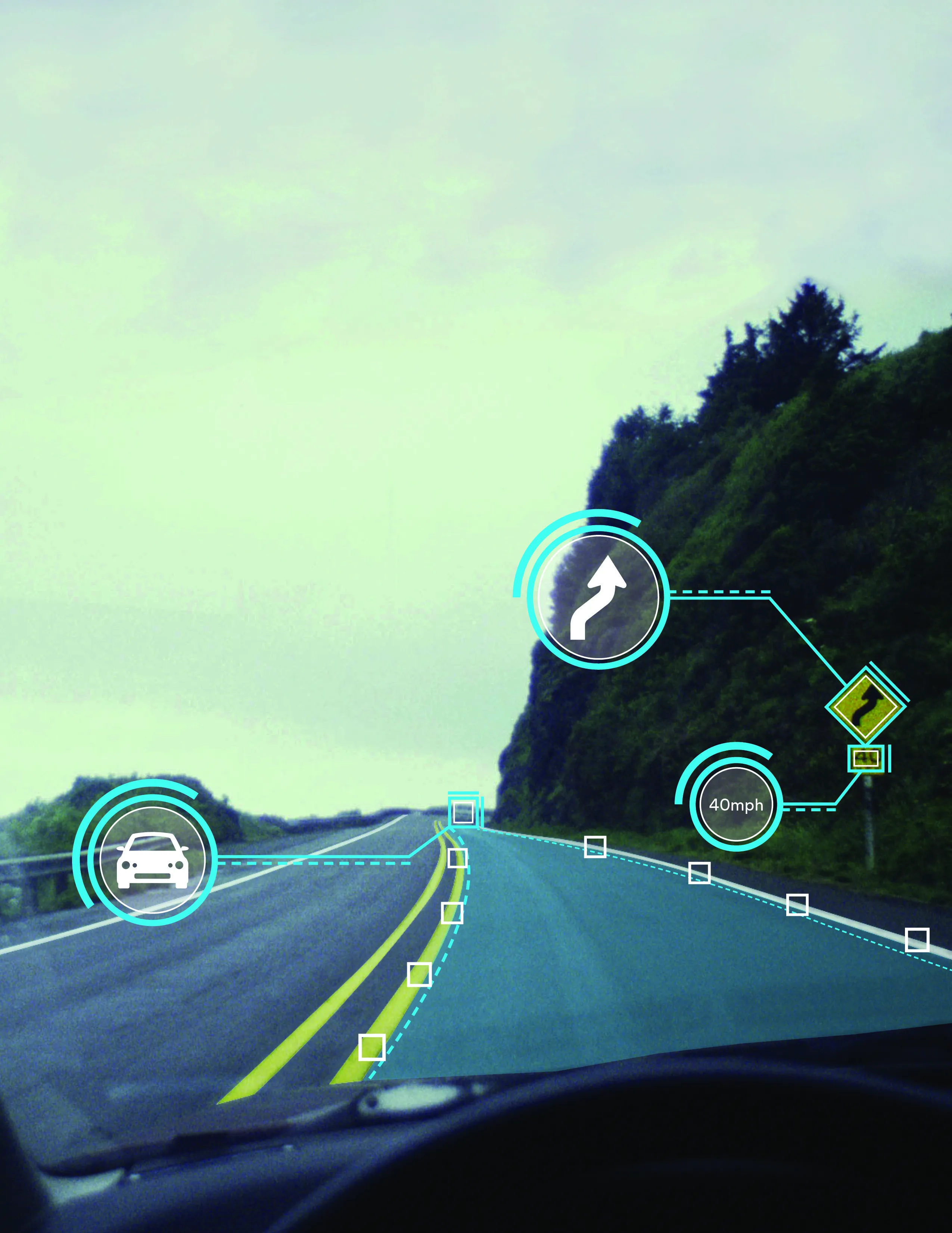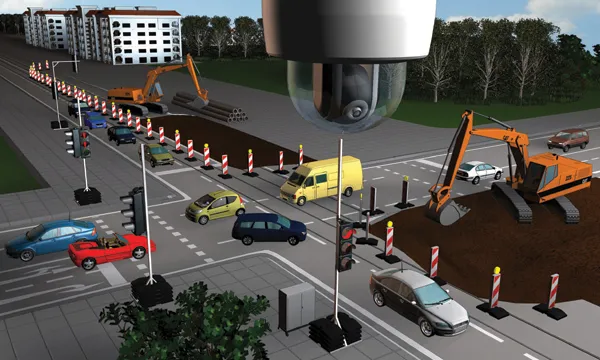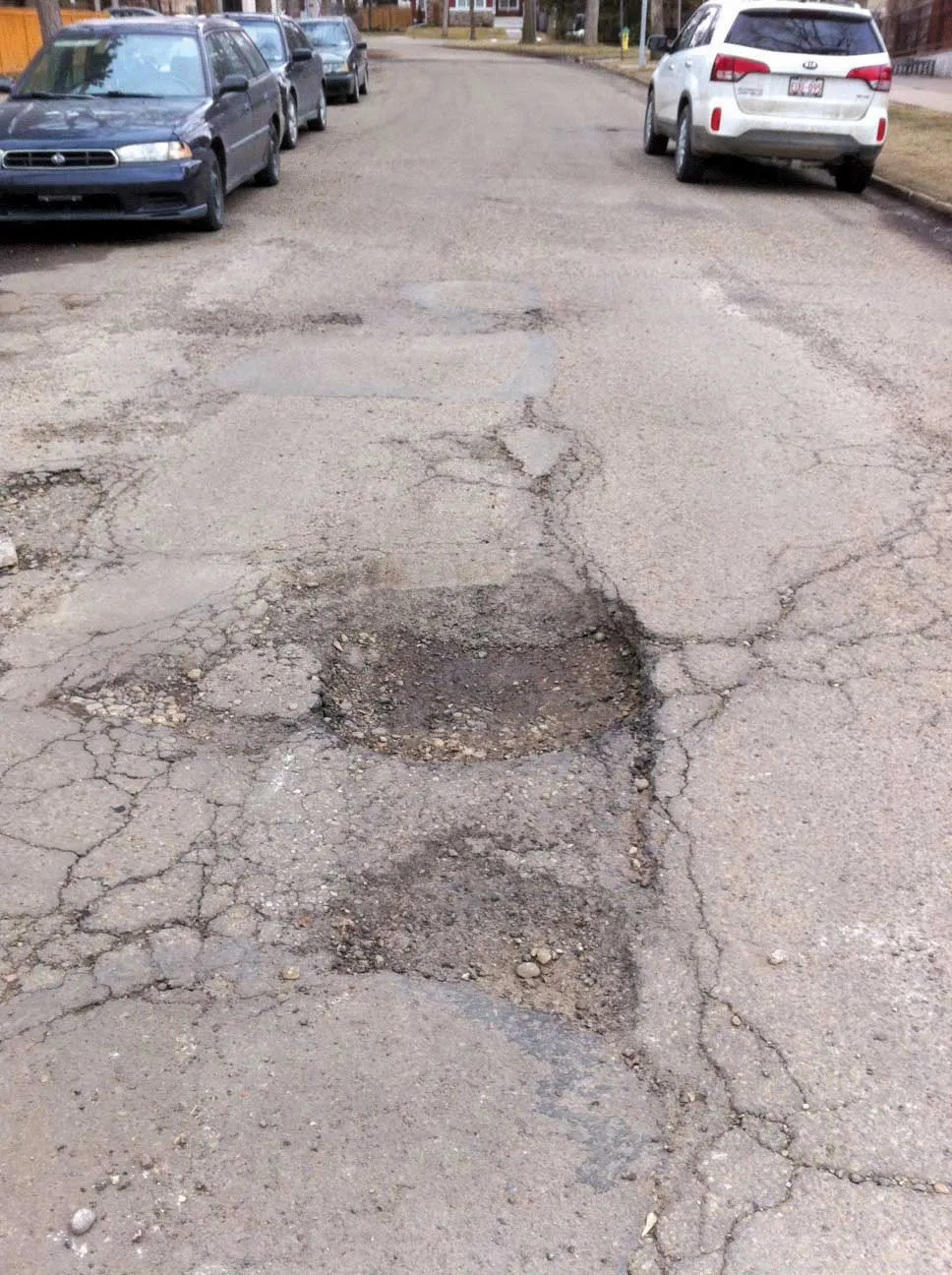Econolite Control Products Inc and
“Duo is introduced with a background that includes years of innovative development driven by the voice of our customers,” said Ken Aubrey, president and CEO of Image Sensing Systems. “To address the concerns of transportation agencies, we converge radar and video computer enabled detection to provide the highest levels of accuracy in all traffic, lighting, weather, and pavement conditions.”
Autoscope Duo has been field-tested for nearly a year and the partners say it has proven to be a superior alternative to in-ground detection systems. Integrating radar and video detection algorithms expands the benefits of non-intrusive detection, and ensures years of low maintenance when compared to the expense of installing and maintaining inductive loop detectors. Autoscope Duo also represents a gateway to employing new
“The Econolite-ISS collaboration on Autoscope Duo is another example of a joint-effort product breakthrough, addressing and providing transportation agencies with powerful ITS solutions and a high return on their investment,” said Mike Doyle, Econolite Group CEO.









